

— Products —
 Consumer hotline +8618073152920
Consumer hotline +8618073152920 WhatsApp:+8615367865107
Address:Room 102, District D, Houhu Industrial Park, Yuelu District, Changsha City, Hunan Province, China
Agricultural Sensors
soil moisture temperature sensors utilize TDR principles to measure the moisture content and temperature in the soil, providing important data support for precision agriculture, Smart Agriculture,Agriculture iot,Smart irrigation, drip irrigation,forestry, soil research, geological exploration. Measures the apparent dielectric constant of the soil to obtain the true moisture content of the soil, which is fast, accurate, stable and reliable.
Tel/WhatsApp:+8615367865107
Email:Arvin@niubol.com +Nearly 100 partner company in more than 68 countries. We are committed to providing high-quality, practical products to meet your needs and help you solve problems.Product Details
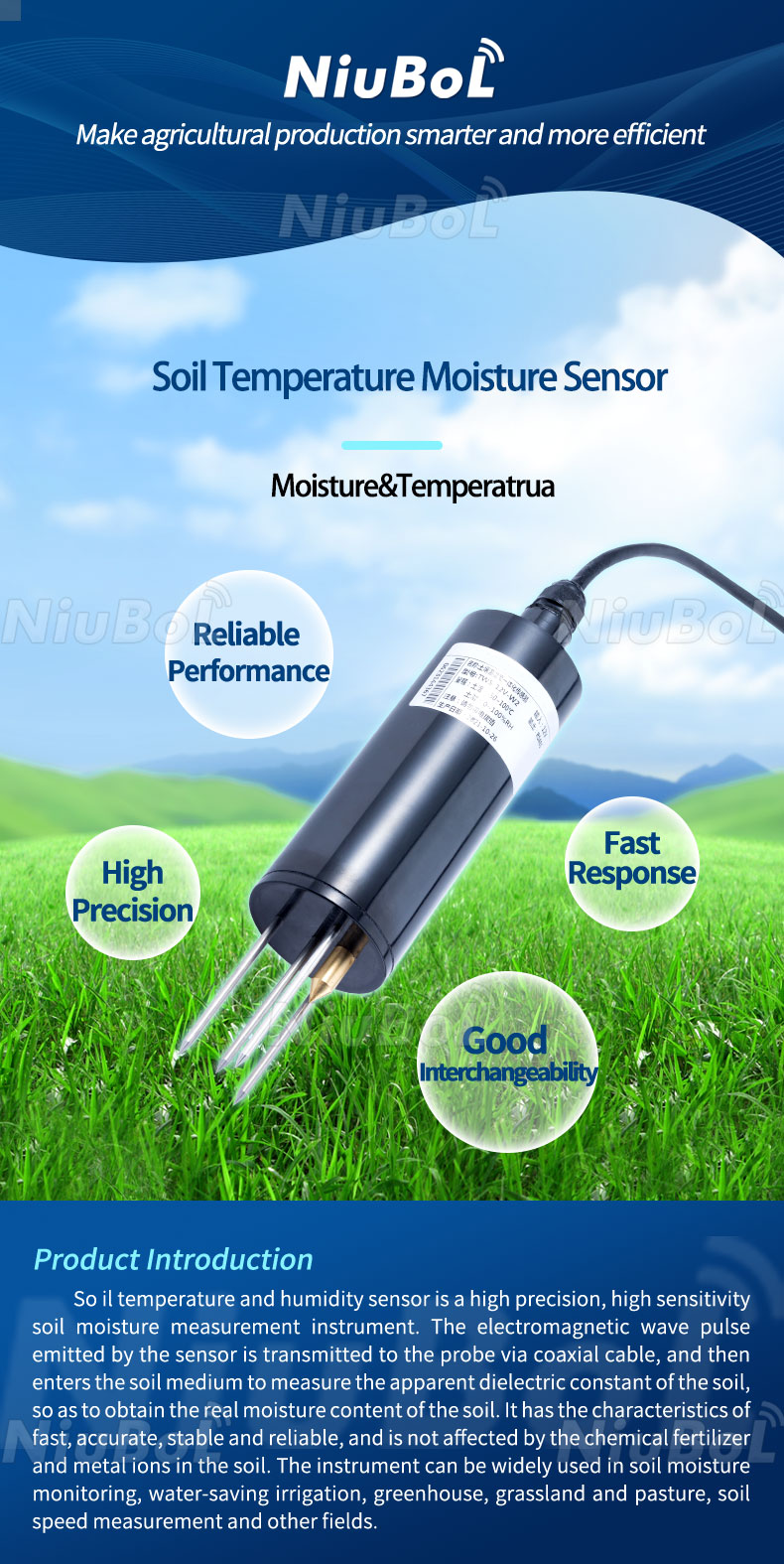
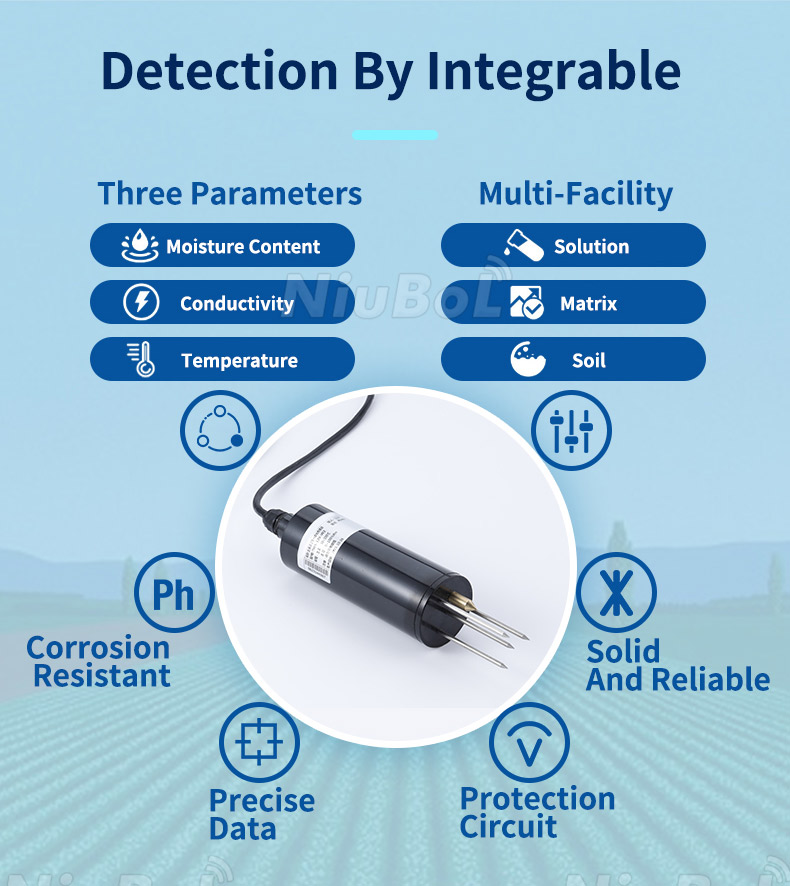
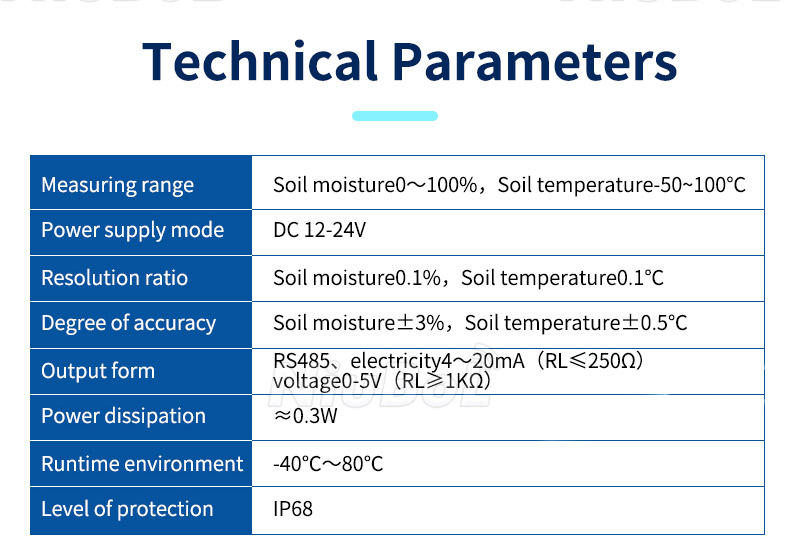
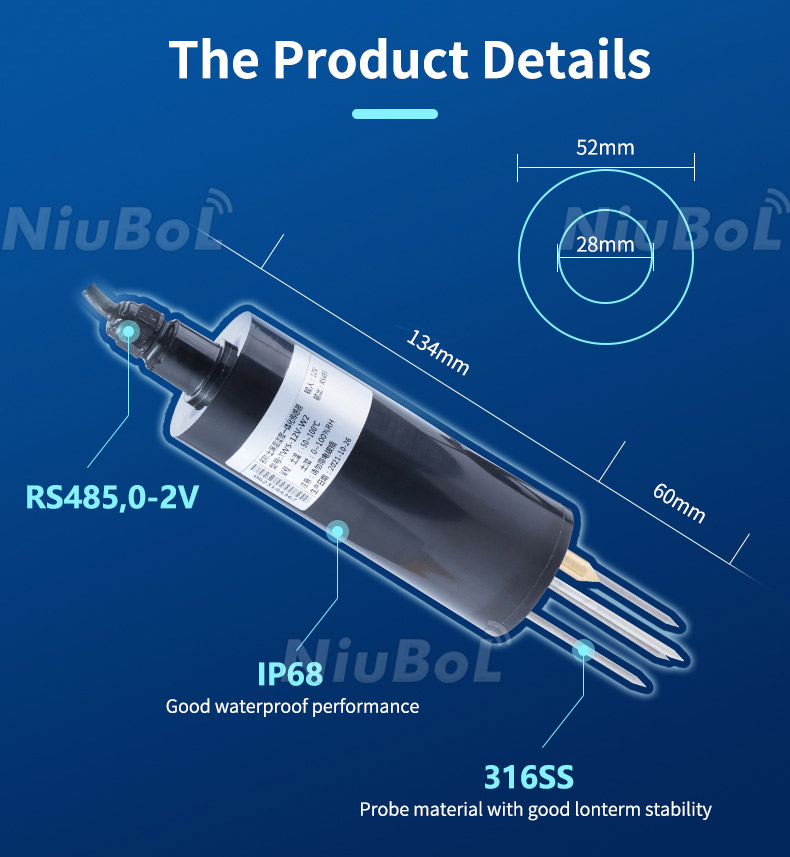
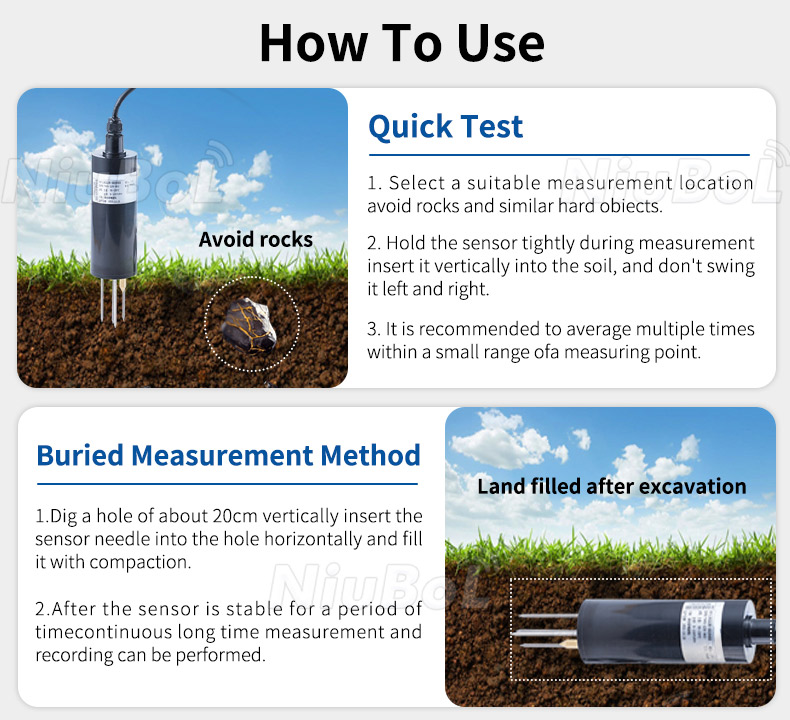
Soil moisture is the water content of the soil and is the most important and commonly used soil information. It is the basis for scientifically controlling and regulating the very condition of the soil, for water-saving irrigation, and for scientific water use and irrigation automation. The soil structure and the spatial variability of soil moisture cause the soil water content to vary in the same plot, which requires the measurement of soil water content.
Soil moisture sensors, also known as Soil humidity sensors, work with temperature, light, acid and salt sensors, and then are connected to a computer to enable analysis and research of crop growth, thus controlling crops to always grow under the right environmental conditions.
NBL-S-THR soil temperature and moisture sensor, as an advanced soil moisture measurement instrument, has remarkable features and advantages, which are shown in the following aspects:
1. High accuracy and sensitivity: using advanced electromagnetic wave pulse technology, it can accurately sense the moisture changes in the soil, ensure the accuracy and sensitivity of the measurement results, and provide reliable data support for agricultural production.
2. Fast and stable: the sensor responds quickly, can complete the measurement of soil moisture in a short time, and the measurement results are stable and reliable, reducing the impact of time delay or fluctuations on agricultural production decisions.
3. Strong anti-interference ability: the unique design effectively avoids the interference of fertiliser, metal ions and other substances in the soil, ensuring the purity and accuracy of the measurement data and improving the applicability and reliability of the sensor.
4. Wide applicability: it can be widely used in soil moisture monitoring, water-saving irrigation, greenhouses, grass pastures, soil rapid measurement and other fields to meet the needs of different agricultural production scenarios and help the development of precision agriculture.
5. Easy to install and maintain: the sensor design is compact and easy to install, while the maintenance cost is low, reducing the user's cost of use and time cost.
In summary, NBL-S-THR soil temperature and moisture sensor has become an indispensable and important tool in modern agricultural production with its features and advantages such as high accuracy, high sensitivity, fast and stable, strong anti-interference ability and wide applicability.
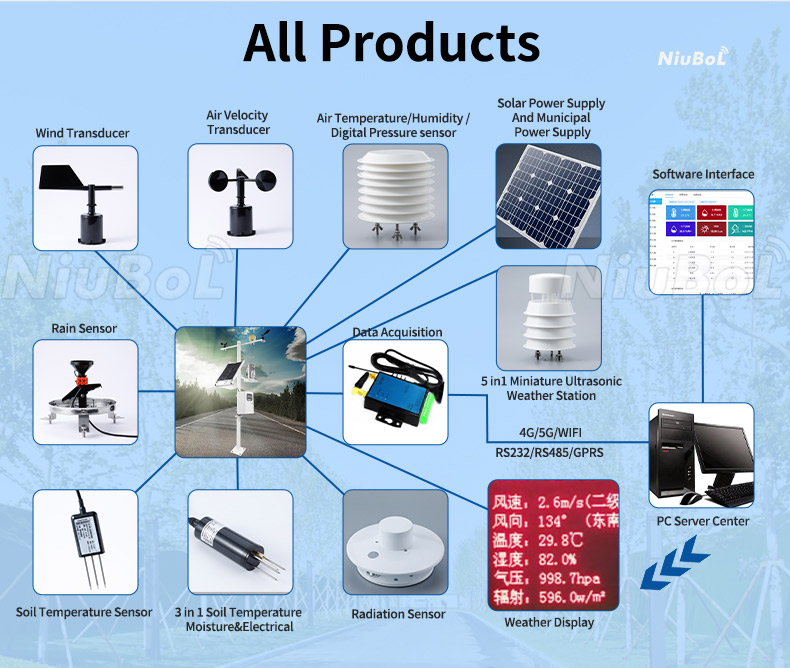
The soil temperature and moisture sensor is suitable for soil moisture monitoring, scientific experiments, water-saving irrigation, greenhouses, flowers and vegetables, grassland and pastures, soil rapid testing, plant cultivation, sewage treatment, precision agriculture and other occasions. The sensor adopts the FDR principle, and reflects the soil water content by measuring the dielectric constant of the soil. The measured soil value is the soil moisture volume percentage, which is the current standard soil moisture measurement method.
Monitoring the temperature and moisture of the soil helps people to understand the growing conditions of their crops and to determine whether irrigation is needed, which not only saves water but also promotes the growth of crops.
Soil temperature and moisture sensors basically work by utilizing physical or chemical properties to measure moisture content and temperature in the soil. The following are common operating principles:
1. Soil moisture sensor working principle:
Resistive Sensors: resistive soil moisture sensors use two or more electrodes to measure the resistance of the soil. When soil moisture content increases, the conductivity of the soil increases and the resistance decreases, so you can estimate the moisture content of the soil by measuring the resistance value.
Capacitive Sensors: Capacitive soil moisture sensors utilize the principle that capacitance is proportional to the dielectric constant in the medium (soil). As the soil humidity increases, the dielectric constant in the soil will also increase, thus changing the capacitance value of the sensor, by measuring the capacitance value to calculate the soil humidity.
Frequency domain reflective (FDR) soil moisture sensors: use dielectric constant to estimate soil moisture. They are resilient to changes in soil type and usually have good long-term stability.
Time Domain Reflectance (TDR) soil moisture sensors: Calculate soil moisture by sending a short pulse signal and by measuring the time it takes for the signal to travel between the sensor and the soil. They provide highly accurate measurements but are more costly.
In practice, these sensors are usually connected to a data acquisition system, which transmits the measured soil moisture and temperature data to the data acquisition system for processing and analysis. Users can receive and manage the data from the sensors through the data acquisition system and perform operations such as irrigation and greenhouse control as needed.
Soil moisture and temperature sensors are widely used in agriculture, gardening, environmental monitoring and scientific research, and specific application scenarios include but are not limited to the following:
1. Agricultural irrigation management: agricultural irrigation is one of the main application scenarios for soil moisture sensors. The sensor can help farmers monitor soil moisture, adjust the irrigation system according to real-time data, realize precise water supply, avoid overwatering or drought, and improve crop yield and quality.
2. Plant growth monitoring: In greenhouses, greenhouses and other environments, soil moisture temperature sensors can be used to monitor the soil moisture and temperature conditions required for plant growth, helping to control the indoor environment, create suitable growing conditions and improve plant growth efficiency.
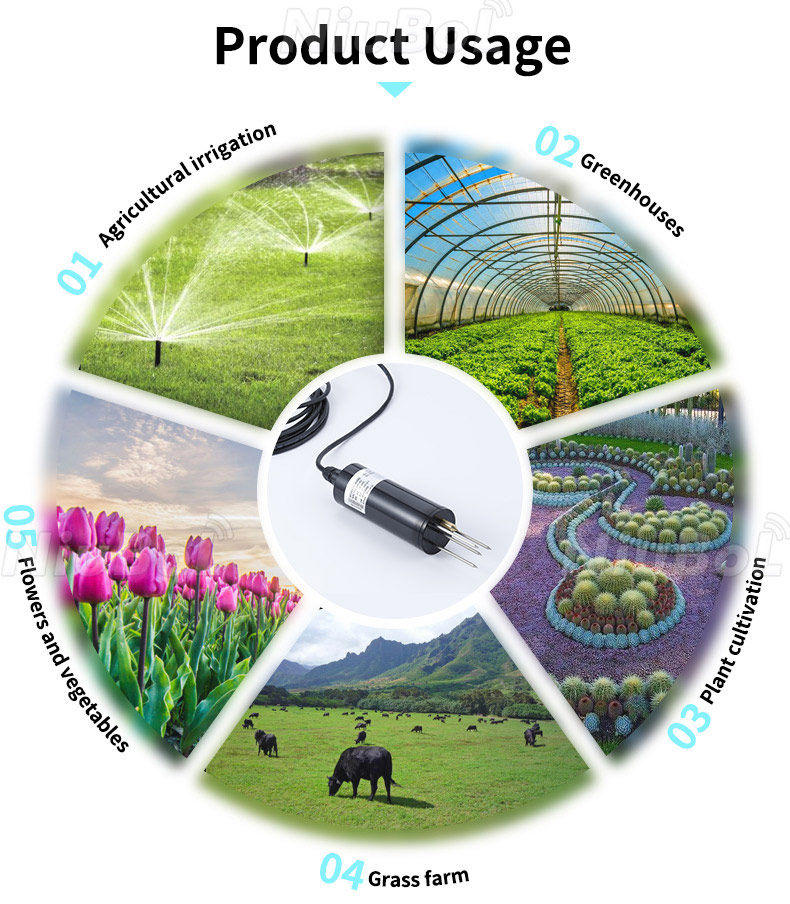
3. Landscaping: For urban green space, parks and other landscaping projects, soil moisture temperature sensors can be used to monitor soil conditions, intelligent irrigation, rational use of water resources, and can be adjusted according to seasonal changes in the irrigation program, to ensure the healthy growth of plants.
4. Environmental monitoring: in the field of environmental protection and ecological restoration, soil moisture temperature sensors can be used to monitor changes in soil moisture and temperature in the natural ecological environment, to provide data support for ecological environmental protection and restoration.
5. scientific research experiments: soil moisture temperature sensor is also widely used in scientific research laboratories for soil physics, soil science, botany and other related fields of experiments and research, to help researchers obtain soil moisture temperature data, analyze soil properties and plant growth.
Soil temperature and humidity sensors monitor soil temperature and moisture and provide detailed data on soil moisture. Soil temperature and moisture sensors are capable of measuring soil information at different depths and are highly accurate, easy to use and work well even when buried in the soil for long periods of time. Traditional irrigation methods are more frequent and take longer to irrigate because the temperature and humidity cannot be grasped, which results in a huge waste of water. By using the sensors to obtain information on soil moisture, water saving irrigation can be achieved, both in terms of timing and quantity, and also in terms of reducing water waste.
In short, soil moisture temperature sensors utilize different sensing principles to measure the moisture content and temperature in the soil, providing important data support for agricultural production and scientific research. Soil moisture temperature sensors have a wide range of application prospects in the field of agricultural production, landscaping, environmental monitoring and scientific research, which can help users to achieve fine management, improve resource utilization efficiency and promote the sustainable development of the ecological environment.
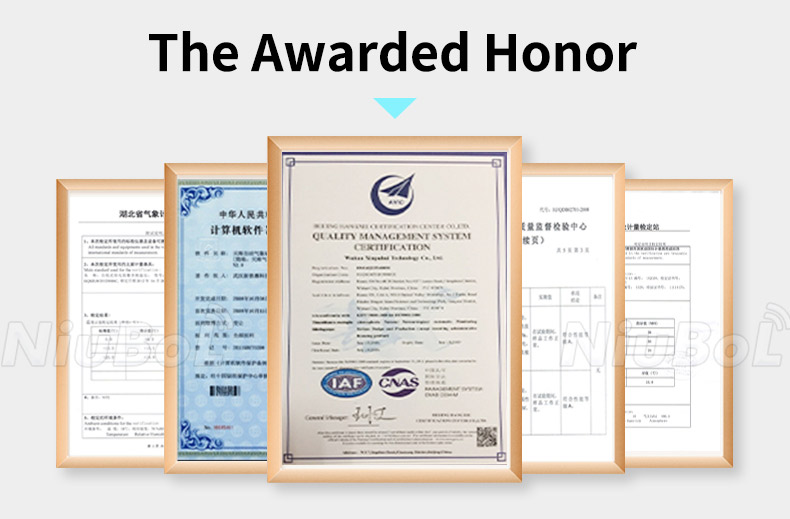
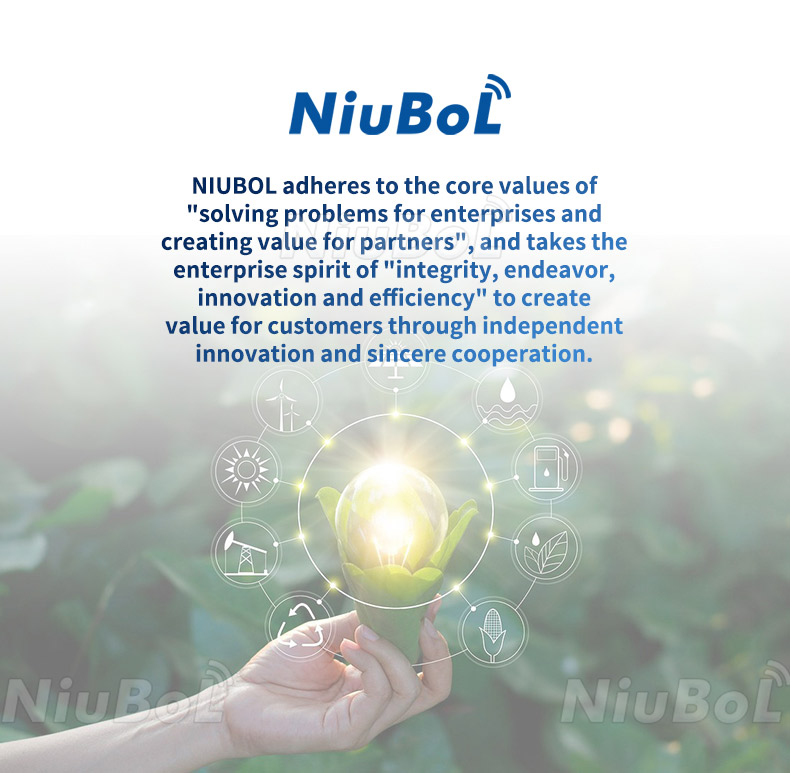
NBL-S-THR-Soil-temperature-and-moisture-sensors-Instruction-Manual-V4.0.pdf
Sensors & Weather Stations Catalog
Agriculture Sensors and Weather Stations Catalog-NiuBoL.pdf
Weather Stations Catalog-NiuBoL.pdf
Related recommendations
 Soil Moisture Temperature sensor for irrigation
Soil Moisture Temperature sensor for irrigation Soil pH sensor RS485 soil Testing instrument soil ph meter for agriculture
Soil pH sensor RS485 soil Testing instrument soil ph meter for agriculture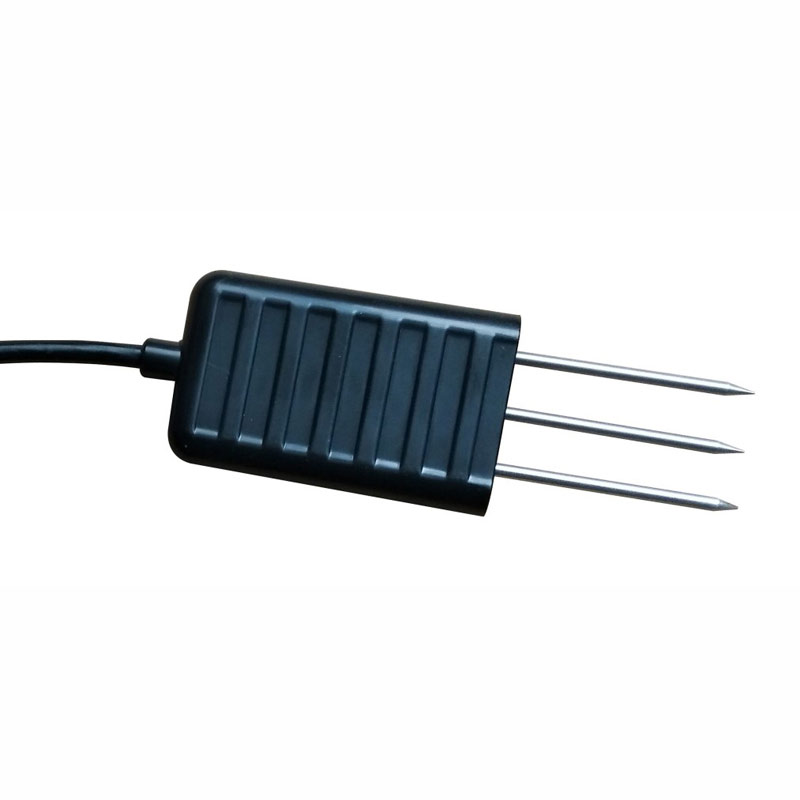 Soil NPK Sensor RS485 Meter Soil Nutrient Fertility Tester Soil Sensor For Precision Agriculture
Soil NPK Sensor RS485 Meter Soil Nutrient Fertility Tester Soil Sensor For Precision Agriculture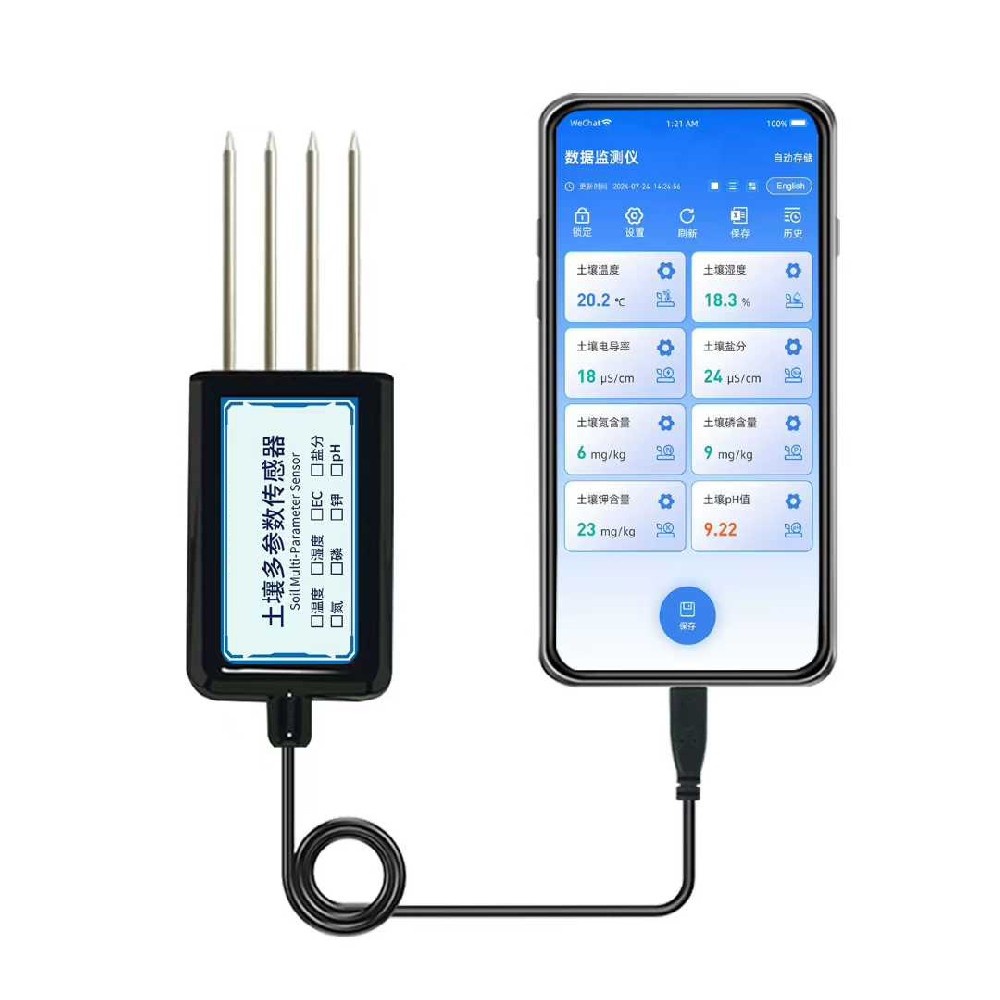 8-in-1 Soil Sensor Portable Type-C/USB Soil Multi-Parameter Tester & Analyzer
8-in-1 Soil Sensor Portable Type-C/USB Soil Multi-Parameter Tester & Analyzer Soil Temperature Moisture Tester Modbus RS485 FDR Soil Sensor For Precision Agriculture
Soil Temperature Moisture Tester Modbus RS485 FDR Soil Sensor For Precision Agriculture 3-in-1 Soil Temperature Humidity EC Sensor Soil FDR Moisture Meter For Garden/Farm/Greenhouse/Agriculture
3-in-1 Soil Temperature Humidity EC Sensor Soil FDR Moisture Meter For Garden/Farm/Greenhouse/Agriculture
Screenshot, WhatsApp to identify the QR code
WhatsApp number:+8615367865107
(Click on WhatsApp to copy and add friends)
